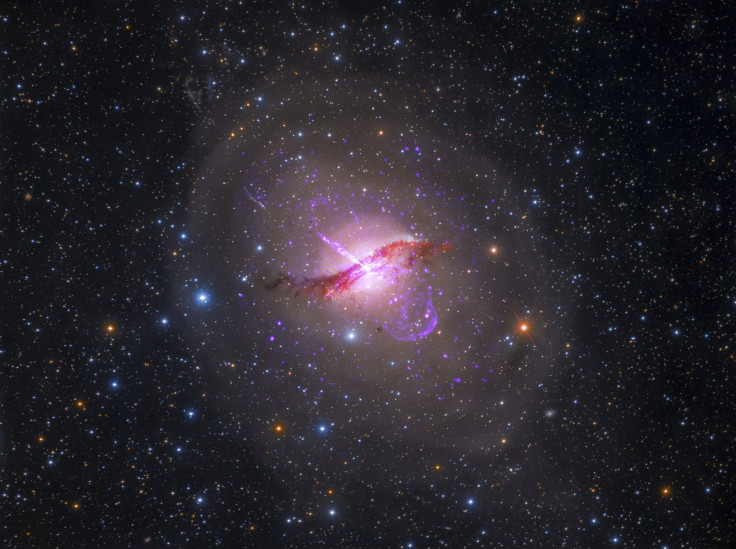Oxygen found in distant galaxy, 13.1 billion light years away; Discovery may pinpoint the origin of life-giving molecules

Scientists have detected life-giving gas oxygen in a faraway galaxy, 13.1 billion light years away. This could well be the oldest oxygen ever detected in the universe. The galaxy in question, SXDF-NB1006-2, is causing a storm in the scientific kingdom. Scientists are seeing the galaxy as it was 700 million years after birth of the universe. It shows the oldest signs of oxygen and this has baffled scientists.
Right after Big Bang, only the lightest elements such as hydrogen, lithium and helium existed. Heavier element like carbon and oxygen formed much later when the first stars had aged enough to produce them through fusion. The study, published in the journal Science, may help scientists inch closer to pinpointing the origin of life-giving molecules.
“Seeking heavy elements in the early Universe is an essential approach to explore the star formation activity in that period. Studying heavy elements also gives us a hint to understand how the galaxies were formed and what caused the cosmic reionisation,” lead author of the research paper, Akio Inoue of Osaka Sangyo University, Japan, said in a statement.
Astronomers from the European Southern Observatory, Japan, United Kingdom and Sweden used the Atacama Large Millimeter/submillimeter Array (ALMA) to observe SXDF-NB1006-2 that lies at a redshift of 7.2. The team was hoping to find out about the heavy chemical elements present in the galaxy so that they would know about the level of star formation. This in turn would provide clues about cosmic reionisation.
Studying these kinds of galaxies in high resolution may shed light on the dark ages of our galaxies, Washington Post reports. Before objects formed in the universe, it was filled with electrically neutral gas. The neutral atoms started to break up a few hundred million years after the Big Bang as the first objects began to shine. This ionised the gas.
The entire universe changed dramatically when cosmic reionisation occurred. However, it is still unknown what type of objects caused this. Studying distant galaxies like the SXDF-NB1006-2 may help answer this mystery. The experts found light from ionised oxygen in SXDF-NB1006-2. This is highly conclusive evidence that oxygen was present in early Universe. But the galaxy contains only around 10 percent of the oxygen found in our own sun.
“The small abundance is expected because the Universe was still young and had a short history of star formation at that time. Our simulation actually predicted an abundance ten times smaller than the Sun. But we have another, unexpected, result: a very small amount of dust,” said Naoki Yoshida at the University of Tokyo.
However, Inoue believes that “something unusual may be happening in this galaxy.” He suspects that almost all the gas is highly ionised in the galaxy. The team was also unable to detect any emission from carbon in the galaxy, which suggests that this galaxy contains very little amount of un-ionised hydrogen gas. The small amount of dust is made of heavy elements.
“Higher resolution observations will allow us to see the distribution and motion of ionised oxygen in the galaxy and provide vital information to help us understand the properties of the galaxy,” explained Yoichi Tamura of the University of Tokyo.





















